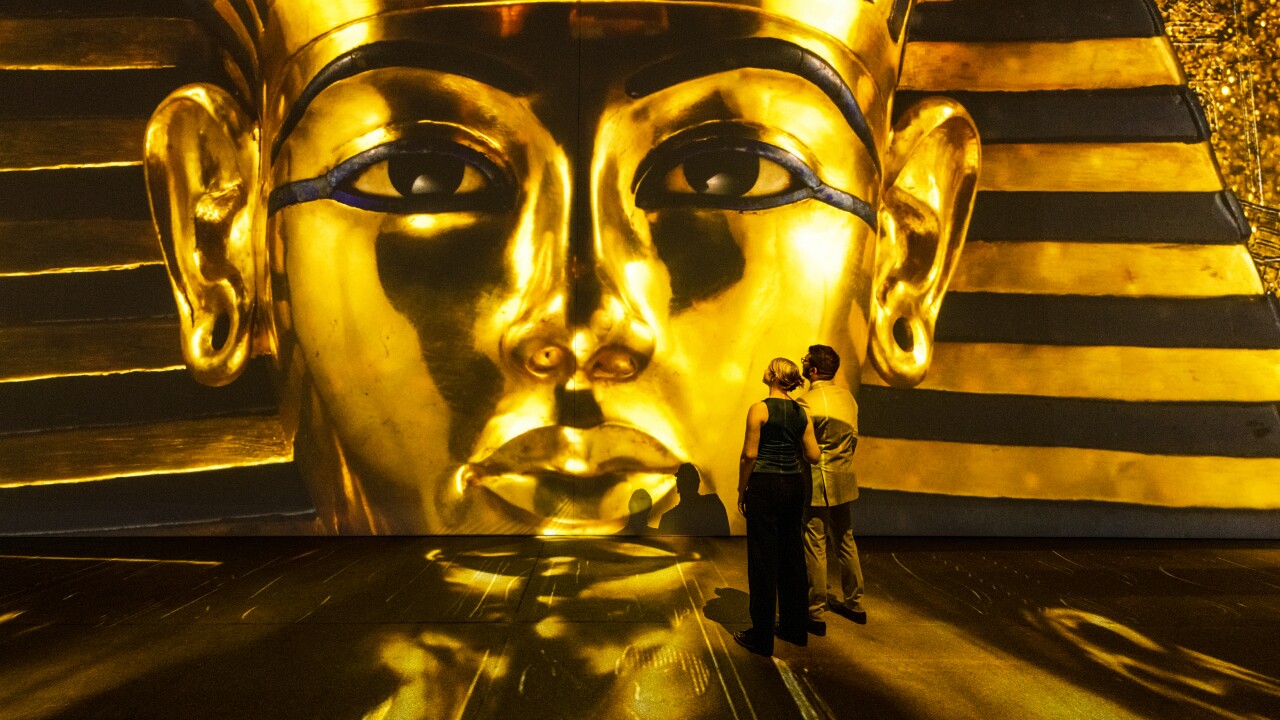
Welcome, fellow adventurers and history enthusiasts, to an extraordinary journey through time and culture. Today, we embark on an exploration of one of Egypt’s hidden treasures, the mesmerizing Valley of the Queens. Nestled on the western bank of the Nile River, this ancient burial ground is a testament to the grandeur and legacy of the New Kingdom of Egypt. Join us as we unravel the mysteries and discover the wonders that lie within this captivating site.
- A Royal Necropolis: The Valley of the Queens, also known as Biban al-Harim, is a captivating necropolis located near the renowned Valley of the Kings in Luxor, Egypt. It served as the final resting place for the queens, princesses, and other members of the royal families during the New Kingdom period (1550–1070 BCE). The valley contains approximately 80 tombs, each offering unique insights into the lives and beliefs of the ancient Egyptians.
- The Magnificent Tombs: The tombs in the Valley of the Queens are architectural marvels, adorned with intricate murals, vibrant colors, and captivating hieroglyphics. Among the notable tombs is the stunning Tomb of Nefertari, beloved wife of Pharaoh Ramses II. Often hailed as one of the most beautiful tombs in Egypt, it boasts intricate wall paintings that depict scenes from Egyptian mythology and provide a glimpse into the afterlife beliefs of the time.
- Stories of Love and Legacy: The Valley of the Queens is replete with tales of love, devotion, and the pursuit of eternity. Many of the tombs here were dedicated to the queens who played pivotal roles in shaping Egypt’s history. The story of Queen Nefertari and her undying love for Ramses II is immortalized in the murals of her tomb. These narratives provide a fascinating glimpse into the personal lives and aspirations of Egypt’s ruling elite.
- Preservation Efforts and Access: Preserving the delicate beauty of the Valley of the Queens is an ongoing endeavor. To protect these ancient treasures, access to certain tombs may be limited or regulated. Visitors can explore a selection of open tombs, each offering a unique glimpse into the past. These tombs have been carefully restored, and protective measures are in place to ensure their long-term preservation.
- A Symbol of Female Empowerment: The Valley of the Queens stands as a testament to the significant roles women played in ancient Egypt. While the tombs were primarily for queens and princesses, they also honored other prominent female figures in the royal court. These tombs serve as a reminder of the power, influence, and agency women possessed in the ancient world.
- Beyond the Valley: While exploring the Valley of the Queens, be sure to take in the breathtaking surroundings. Luxor, known as Thebes in ancient times, was the capital of the New Kingdom and boasts a wealth of archaeological wonders. The nearby Temple of Hatshepsut, the Colossi of Memnon, and the Luxor and Karnak Temples offer further insights into Egypt’s glorious past.

